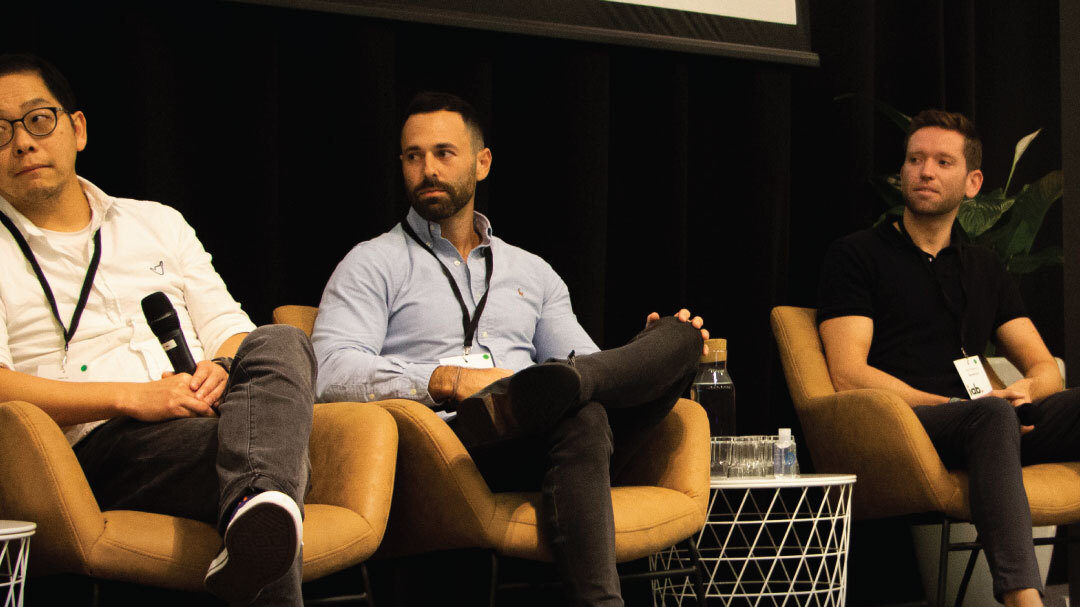YouTube music monetisation boss urges brands to focus on relevance and audience state-of-mind
Despite a continuous squeeze on the marketing budget, IAB Australia’s latest report found 71% of media agencies intended to invest more in streaming audio in 2023, while 78% will invest more into podcast advertising.
But before advertisers dive into audio-buying, YouTube’s head of content and music monetisation, go-to-market APAC, Julian Ho, said there are two things to consider.

L-R: Julian Ho (YouTube), Zac Selby (Dentsu) and Matthew Waldbauer (Soundcloud)

